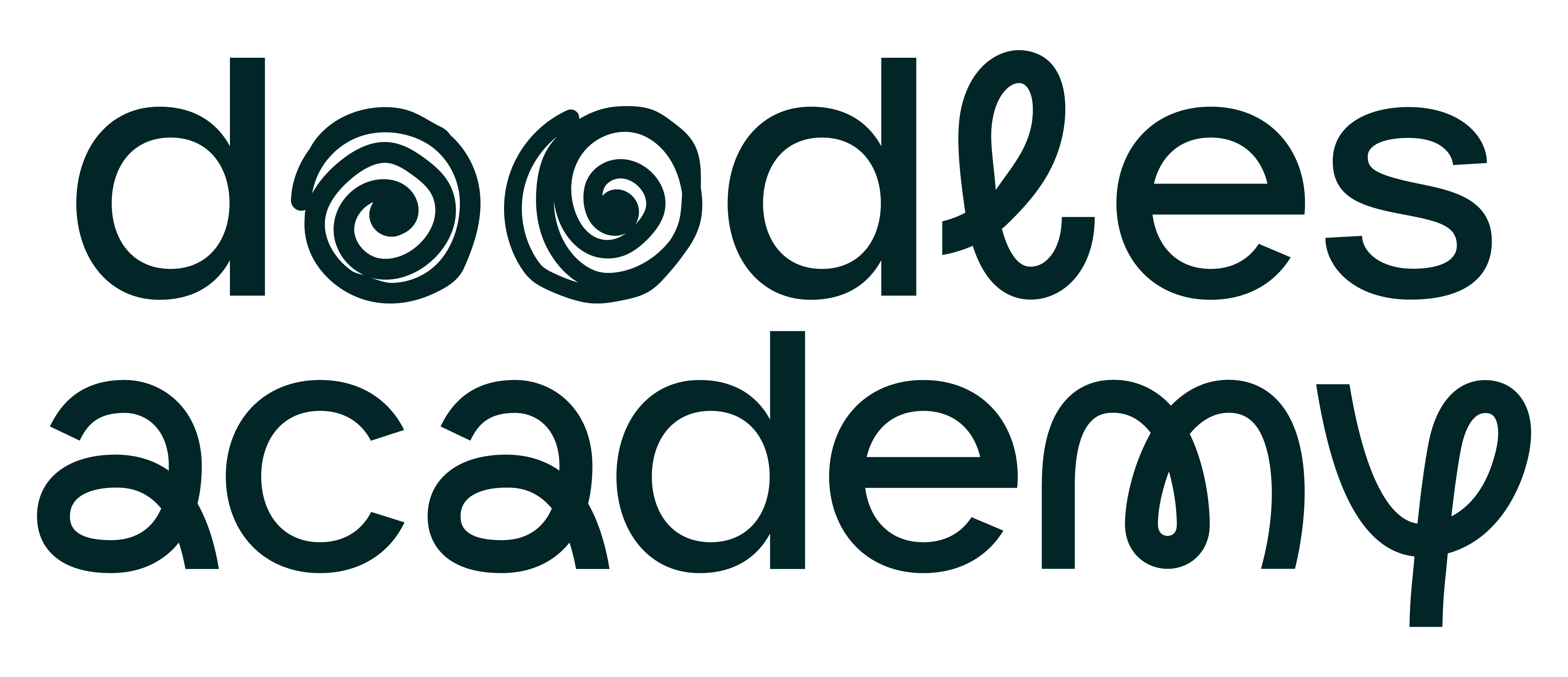Overview:
In this lesson, student artists cover the armature that they created last week with plaster strips.
Students will be able to:
- define ‘armature’.
- smoothly apply plaster strips to their armature.
- maintain edges when applying plaster strips.
Setup:
Students will be working independently.
Have materials set up in a way that is easy to pass out, see, and select from.
Materials:
- Masks from Lesson 2
- Bowls of warm water
- Pre-cut plaster strips (see set-up)
- Newspaper (to protect desks and tables)
Media:
- N/A
Handouts & Photocopies:
- N/A
Lesson 3
5M, INTRODUCTION VIDEO
WATCH THE INTRODUCTION VIDEO & CHECK FOR UNDERSTANDING
Check for understanding by asking, “Who was listening closely that can sum up what we are doing today?” Make sure that student artists can list all the steps and clarify anything that needs clarifying.
- Adding plaster-strips over their mask by first dipping it in water, then smoothing it over their mask.
- Paying careful attention to the edges.
- Adding 1-2 layers, in order to completely cover their mask
20-25M, WORKTIME
FOCUS ON CRAFTMANSHIP
The students work independently on their work as the teacher circulates. Foster strong work habits by commenting on student artists who are focused on their work as well as student artists who seem to be pushing themselves to try new things.
The focus of this lesson is on craftsmanship; focus your observations on students smoothing out their plaster strips and paying attention to the edges and shapes of their armature.
5-10M, CLEAN-UP/PRESENTATIONS
STUDENTS PRESENT WORKS IN PROGRESS AND DISCUSS THE ARTISTIC DECISIONS THAT THEY MADE
Sharing should work as follows:
- Student stands by their work. A teacher should hold it, or place it on an easel.
- The student presents their work, answering What they made, How they made it, and Why they made the decisions that they did. When they are done they ask, “Any comments or questions?” and can take responses from the audience.
- A note on responses: it is o.k. if an audience member questions or wants clarification from the artist. It is also o.k. if an audience member makes suggestions. But it must be done in a kind, thoughtful, and respectful way.
- Always end the conversation by asking the class to give the artist a compliment.
Depending on the teacher’s style of classroom management, it might be helpful to only choose and train a few kids to clean. The rest of the class can be busy with the presentation. Make sure to train these helpers well in advance so that you aren’t left with a messy room.
Clean-up times will vary with materials; get to know your class and allow 5-10 minutes depending on how efficient they are and whether or not the material was messy.
ANTICIPATED PROBLEMS
- If students did not use thick enough pieces of cardboard, or they did not make their pieces stand up enough, their works may appear flat and without detail. They have a couple of options to improve their piece:
- They can cover their base with plaster strips, first removing the small pieces. They can then wrap the small pieces individually and put them back down. As long as the plaster is still wet, it should hold. This works for details, too.
- Alternatively, they can build up features by crumpling plaster strips. As this uses up more plaster than the other methods, use it as a last resort.
EARLY FINISHERS
If a student finishes early, have them clean up in advance of the other students (this will help with clean-up at the end of class since it is a messy project). Then allow them to draw a picture showing how their mask would be used in their ceremony. They should consider whether there would be dancers, how the mask would be worn or used for decoration, and who, if anyone, is part of the audience or ritual.
This project is free to access, but after the first lesson, you will have to create a free account and enroll in the course. After you create an account and enroll, the project can be accessed from the \’artroom\’ tab at the top of the page.
